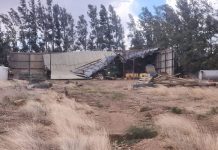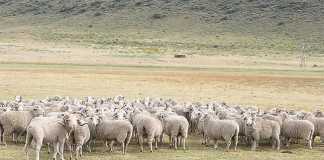USDA defines nanotechnology as the science of studying and producing material and devices of nanometre size – about the size of a small molecule or individual atom.
With this funding, the Connecticut Agricultural Experiment Station aims to prove the potential of nanoparticles, as foliar or root application, to supress fungal pathogens, such as fusarium, verticillium, sphaerothecta and fuliginea, in greenhouse production of tomatoes, eggplants, maize and squash.
The way in which soil type and nanoparticle source affects disease suppression and crop yield, as well as the way in which nanoparticles impact macronutrient plant use, will also be investigated.
The University of Wisconsin aims to develop nanovaccines for the prevention of infectious bronchitis in broiler chickens, while Auburn University will use its funding to improve pathogen monitoring throughout the food-supply chain by creating a user-friendly system that can detect multiple food-borne pathogens simultaneously.
Nanoscale science, engineering and technology are key pieces of USDA’s investment in innovation to ensure an adequate and safe food supply for a growing population, the department stated.











